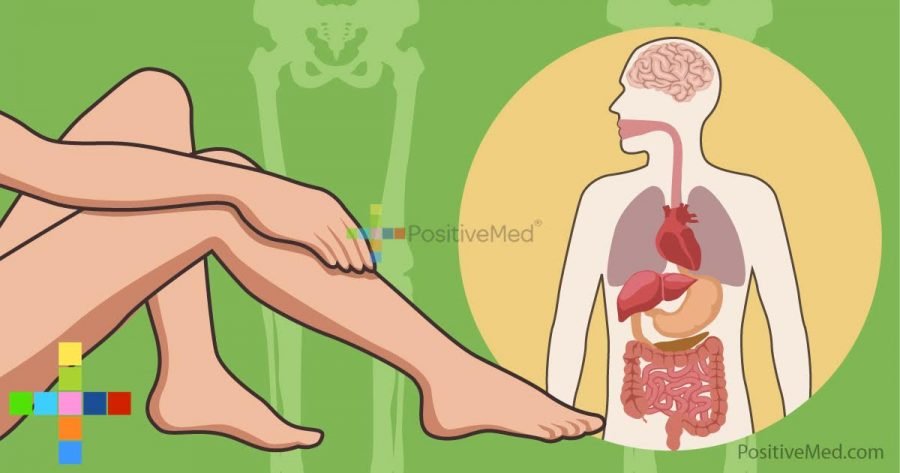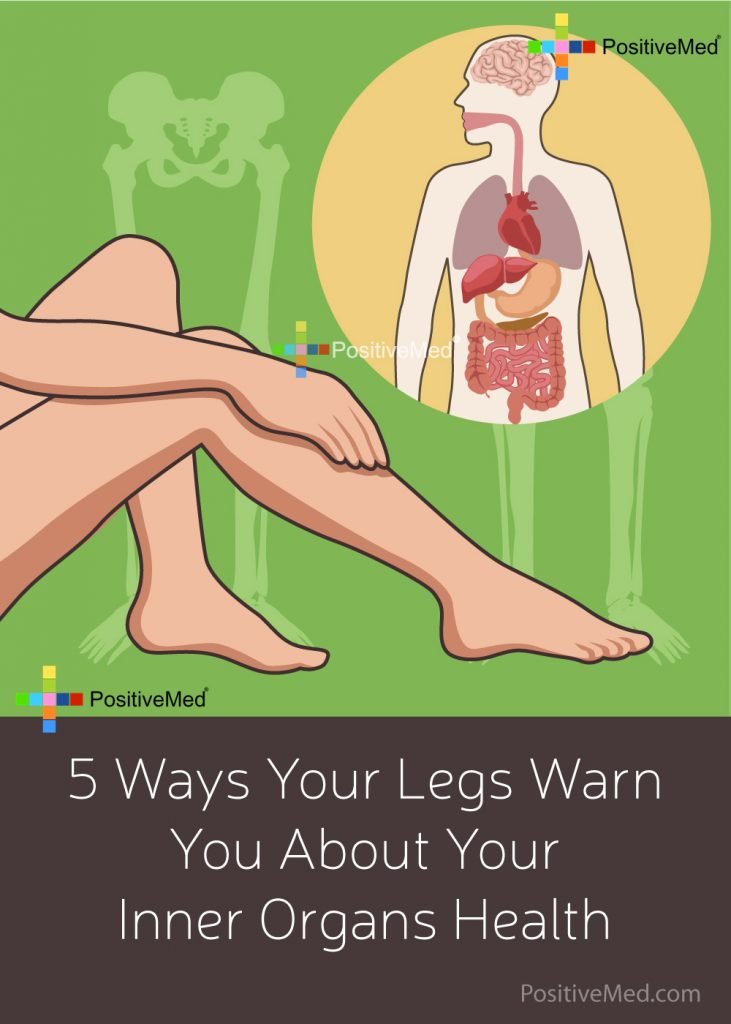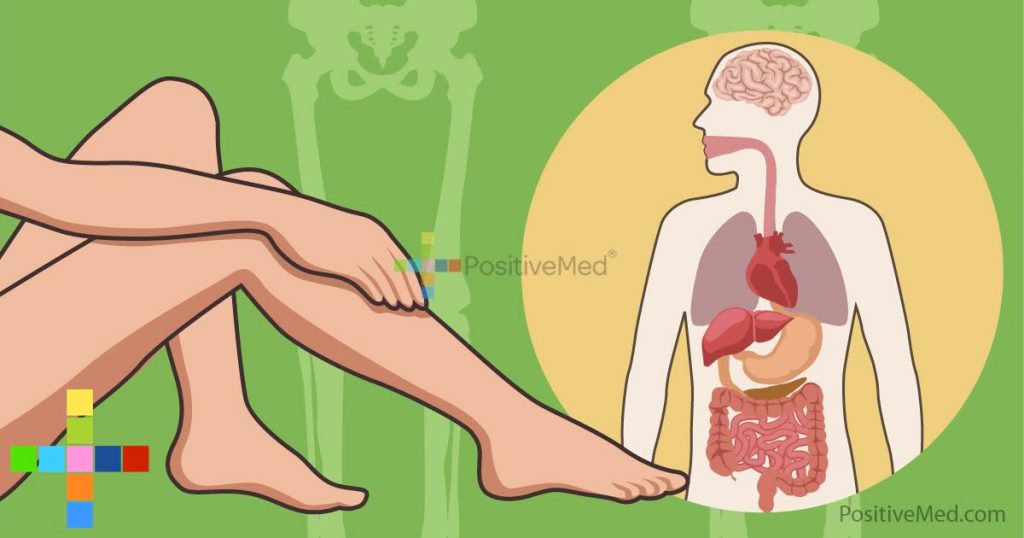[nextpage title=”…”]
The old adage about one’s insides being more important than their exterior is certainly vital when speaking of love, but when it comes to health, you may be surprised at how the health of our inner organs can be detected by our legs.
While the important stuff certainly happens on a level that our organs, vessels, and synapses understand, we don’t have the privilege of being able to look inside our bodies without radiation, swallowing cameras or going under the knife. Therefore, examining the way our bodies look can play a pivotal role in discerning potential health hazards, and our legs are key players.

1. Size Matters; Leg Length
For athletes, having short legs and a longer torso can make for a beast of the field since one’s center of gravity will be lower. However, shorter legs can also put one at great risk for serious health complications.
A study conducted by the University of Bristol suggests that a man’s chance of developing heart disease can increase by as much as ten percent for each time a half-inch is shaved off of his leg length relative to other men with similarly proportioned abdomens. Conversely, women with shorter, stockier legs have been shown to have a higher presence of enzymes like alkaline phosphatase and alanine aminotransferase, enzymes associated with liver disease.
2. Embrace Cankles
Your calf size can play a role in how well your body metabolizes toxins. In fact, a 2009 study has shown that women with a calf circumference that’s less than thirteen inches may be at an increased risk for developing carotid plaque, which is directly connected to strokes. This theory relies on the fact that larger calves tend to be indicative of a higher volume of subcutaneous fat, which is instrumental in drawing harmful impurities away from our most vital organs.
[/nextpage][nextpage title=”…”]
So if you’ve ever looked at runway models with envy, you can feel more reassured that your legs aren’t so spindled thin. A well-developed calf may just become a vital tool in longevity.
RELATED ARTICLE: How The Point Of Longevity, Permanent Healing And Rejuvenation Can Be Accomplished With This Technique
3. Your Toes Knows
Your metatarsals can be indicative of a variety of health concerns. People don’t tend to think much of ashiness beyond amping up their lotion intake, but persistent, flaky, dry skin on the feet can actually be a sign of thyroid problems. Your thyroid controls everything from metabolism to tissue growth, so it’s important to be on the lookout for particularly dry or cracked feet.
Other foot abnormalities include clubbing of the toes, which can indicate heart disease while a loss of hair on the toes can be indicative of arterial cancer.
4. Tides Coming In; Swelling
When your body experiences swelling, it means your tissues are holding excess fluid. This isn’t necessarily bad or unusual, especially if you experience symptoms commonly associated with a menstrual cycle. It’s not uncommon for women to pack on as much as ten pounds in water weight in the week before their period.
However, persistent swelling in the lower extremities can be a sign of something sinister. Edema refers to swelling and water retention in the legs, especially below the calves and around the ankles. Edema, especially pitting edema, can be a sign of dehydration, blood clots, cellulitis, liver disease, and even congestive heart failure. If you notice peculiar swelling in the legs, it’s important to seek the consultation of a physician immediately.
[/nextpage][nextpage title=”…”]
5. Walk This Way
Ultimately, studying the way people walk may have more benefits than previously understood. Researchers studying Parkinson’s disease suggest that a change in gait can be linked to cognitive degeneration. Parkinson’s is often tethered to a loss of cognitive function, affecting memory, coordination and the speed of thought processes. Therefore, a marked change in your walk over time may suggest underlying neural problems.
The way you walk may also be connected to how your brain processes information in general, with new studies suggesting that people prone to anxiety will walk toward the left. Future scientists hope to achieve faster, stronger diagnoses of diseases and disabilities that impair both mental and motor function.
While we can’t do anything about the preordained shape and size of our lower half, we can be more aware of our bodily proportions and how our diet and exercise habits can play a role in preventing diseases we have a genetic prevalence toward.
Being aware of possible complications isn’t meant to turn you into a hypochondriac, it’s intended to keep you open-minded and more in tune with what your own body may need to keep you living life to the fullest.
Pin It!

[/nextpage]






